Celebrating World Pride Month in the classroom
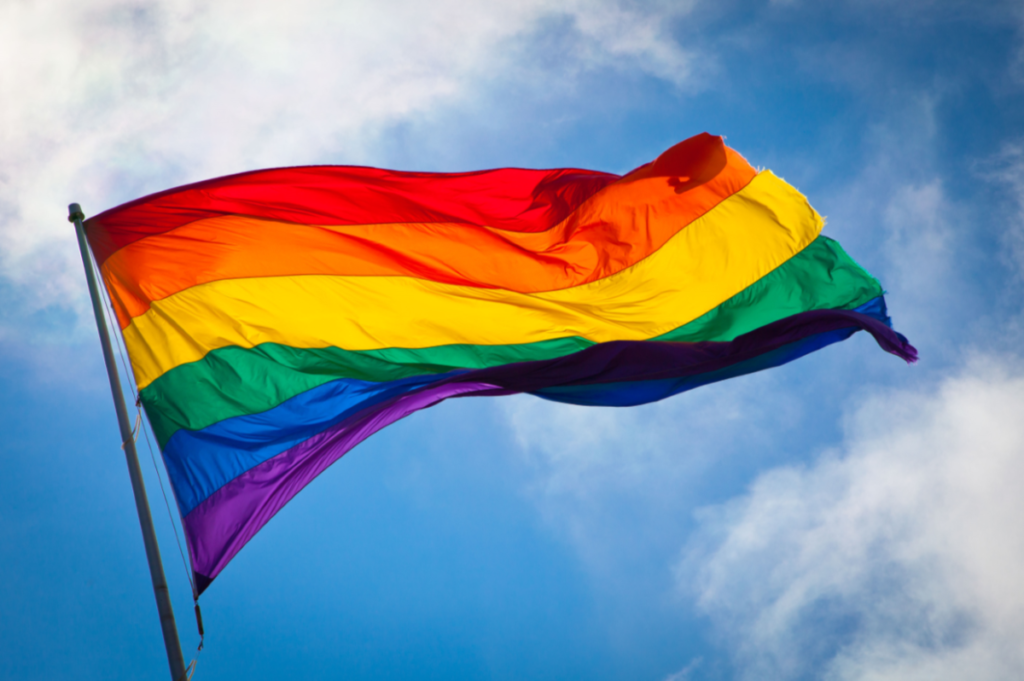
It’s June, and you know what that means… It’s World Pride Month!
For many people, this month-long celebration is a time to uplift and honour the diverse voices of the LGBTQ+ community and culture, an occasion for protests, parades, performances, and parties. For others, Pride Month is for remembering the struggles that still exist in the LGBTQ+ world, recognising the political activism that is still needed to ensure equity and safety for people of all backgrounds and experiences.
For teachers, it’s another excellent opportunity to teach students about what marginalization looks like – and how the quest for personal freedom never really stops.
The first thing to remember when thinking about Pride Month: Don’t get hung up on the acronym! To celebrate the occasion, encourage students to free themselves from any lingering embarrassment or shyness and say the words behind the letters. Lesbian, gay, bisexual, transgender, queer – these are not words to avoid. Say them, shout them even! But whatever you do, don’t feel ashamed of them.
As an educator, it may not be your job to teach the facts about sexual education – but it is your responsibility to teach others tolerance and how to advocate for LGBTQ+ youth. Whether you’re new to the movement or ready to start up your own schoolwide alliance, there is a place for everyone in the conversation. And regardless of how much you know about Pride Month and the larger cultural vision for inclusion, it’s your job to help shape inclusive policies for your students and colleagues, empowering vulnerable students and ensuring all identities are honoured.
The history of Pride Month
When considering how to teach about Pride Month, start with the history. It is long, colourful, and often painful.
The month of June was chosen specifically to honour the 1969 Stonewall uprising in New York City, an uprising staged to resist police harassment and persecution against LGBTQ+ people. The story goes like this:
In the early hours of June 28th, NYC police raided a gay club in Greenwich Village, sparking outrage and riots among residents and bar patrons. After police roughly handled and arrested many customers without cause, people protested in the city streets for six full days. The Stonewall Riots were a catalyst for the gay rights movement, in both the U.S. and around the globe.
Retelling the story of Stonewall is a great way to connect students with a period in history when things were not as they are now when progress seemed further out of reach.
With the Vietnam War and other social issues on the horizon, the 1960s were a roiling and turbulent time in history. Ask students to consider this. While same-sex marriage is now legal in New York, there was a time not so long ago (some 40 years) when solicitation of same-sex relations would land you in jail. The New York State Liquor Authority shut down establishments serving anyone suspected of being LGBTQ+ under the pretence that homosexual gatherings were “disorderly.”
But political activism changed a lot of things for the LGBTQ+ community. Anti-gay regulations were overturned in 1966, and gay people could now drink legally in bars. However, holding hands or kissing someone of the same sex was still illegal, so police brutality and harassment remained a problem for many decades to come.
Although the Stonewall uprising wasn’t the beginning of the gay rights movement, it was a crucible moment for LGBTQ+ activism that led to the establishment of many related organizations.
In 1970, thousands of people marched through the streets of Manhattan to celebrate the one-year anniversary of the Stonewall riots. Remind students how this event was really the first gay pride parade in history. Look back at the size and scale of this initial celebration compared to the thousands of colourfully dressed people out celebrating this June. The diversity of people, clothing, and culture then vs. now. How has the movement changed, evolved, progressed? And where is it headed? A look back through history has much to show us.
The humanity of Pride Month
Of course, one of the best educational opportunities of Pride Month is the chance to talk with students about LGBTQ+ people and their ongoing efforts to find equity and justice in their lives. Remind them that the global LGBTQ+ community is far from liberated. Despite growing awareness, 69 countries in the world continue to criminalise consensual same-sex activity, primarily in Africa, the Middle East and Indonesia. The need to find dignity for this section of society is far from over. Encourage students to read literature that features LGBTQ+ stories and characters. Ask them to question where heterosexism comes from and how we can fix it.
Bear in mind, these lessons are not just for older students. There are plenty of ways K-12 educators can promote critical thinking through a lens of diversity and social justice. Lessons like these from the Anti-Defamation League can serve as an excellent springboard into larger discussions on same-sex marriage, transgender athletes, personal identity, and the future of policing in America. Online learning resources like Quizlet offer in-class quizzes and games that both students and teachers can enjoy to keep lessons interactive and social. The trick is making the lesson feel light and refreshing, not like a lecture. Let the conversation around LGBTQ+ rights lead to other related discussions, creating a safe zone for young people to question and wonder and share without fear of judgement or retaliation.
Most importantly, try not to let June be the only month you discuss or focus on gay pride with your students. Weave the subject into your lessons on civics, history, and politics. LGBTQ+ history and American history are interwoven and should be integrated as such.
If you’re teaching literature, assign books with characters who think and act differently than what’s “normal.” If you’re not sure where to start with queer fiction, try these suggestions.
Whatever you do to celebrate World Pride Month this June, design lessons to show students how to use knowledge and learning to fight oppression and injustice in the world, for all people.
Happy Pride Month!
Jenn Jeffers, US-based teacher

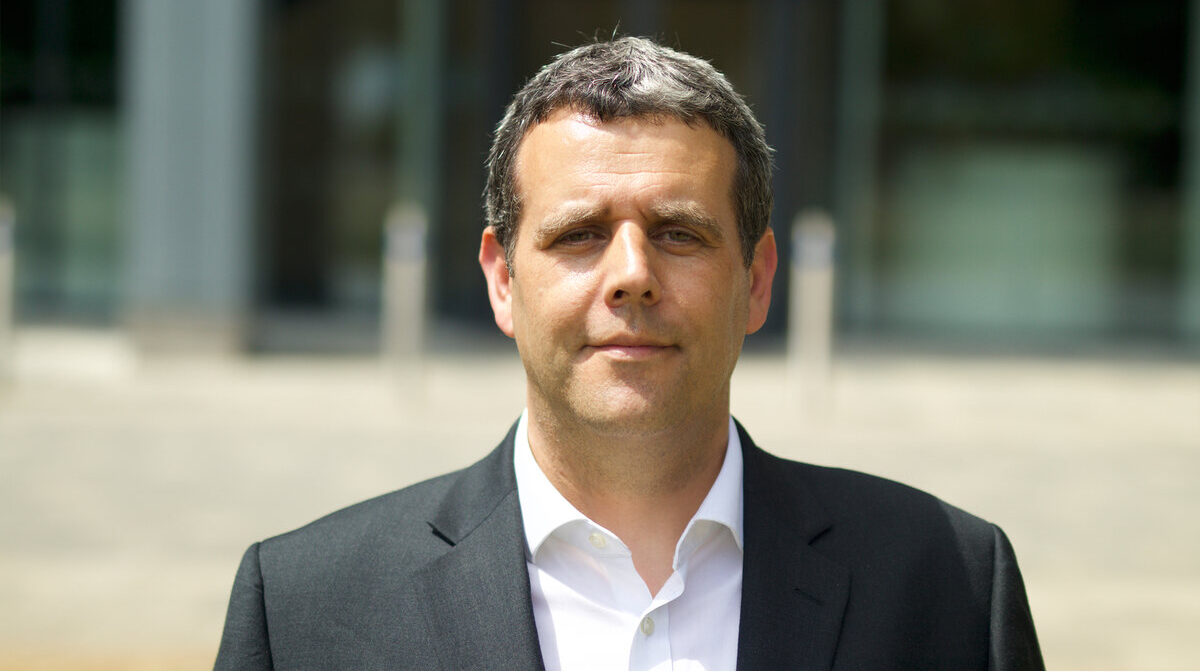



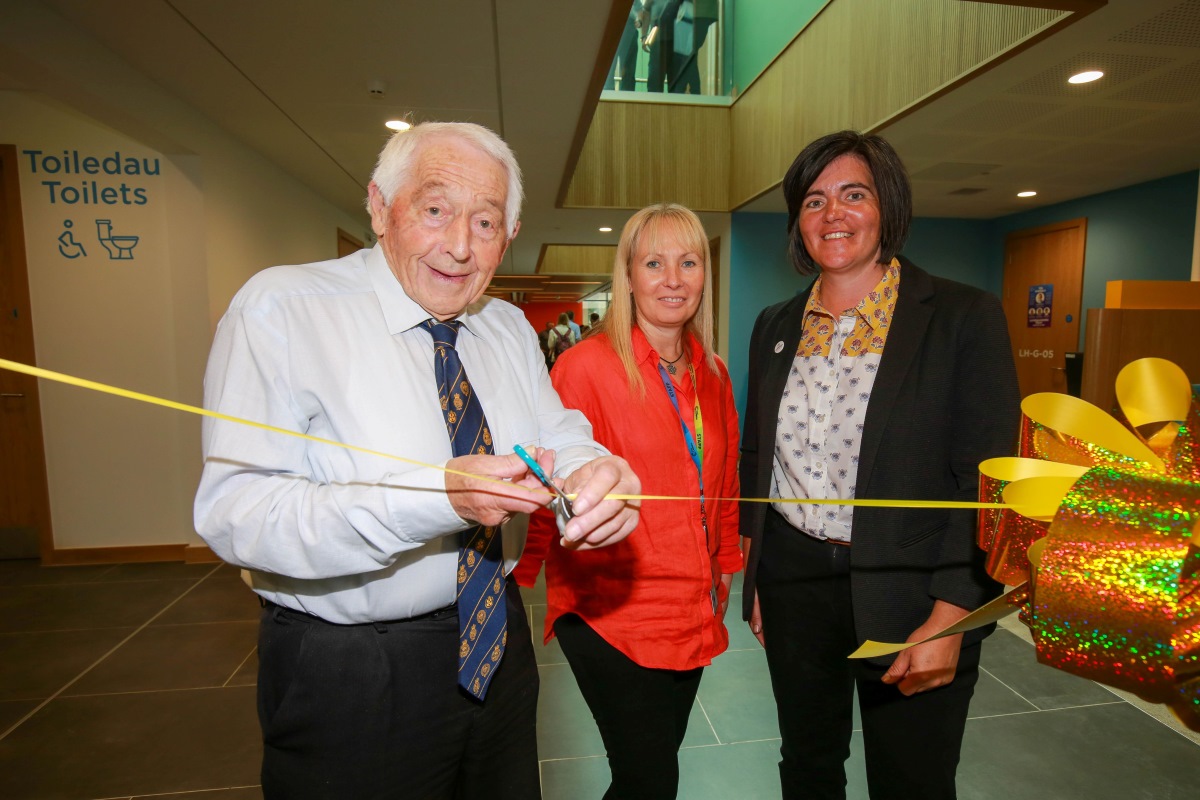
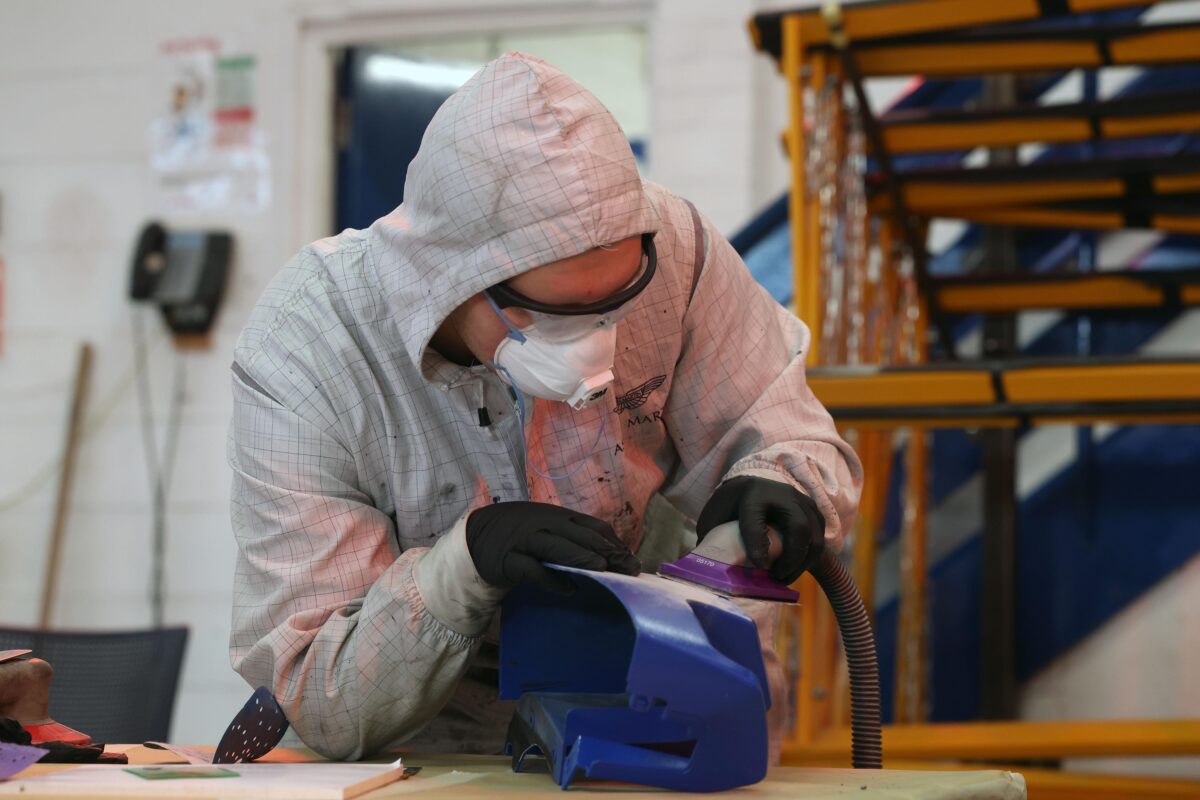
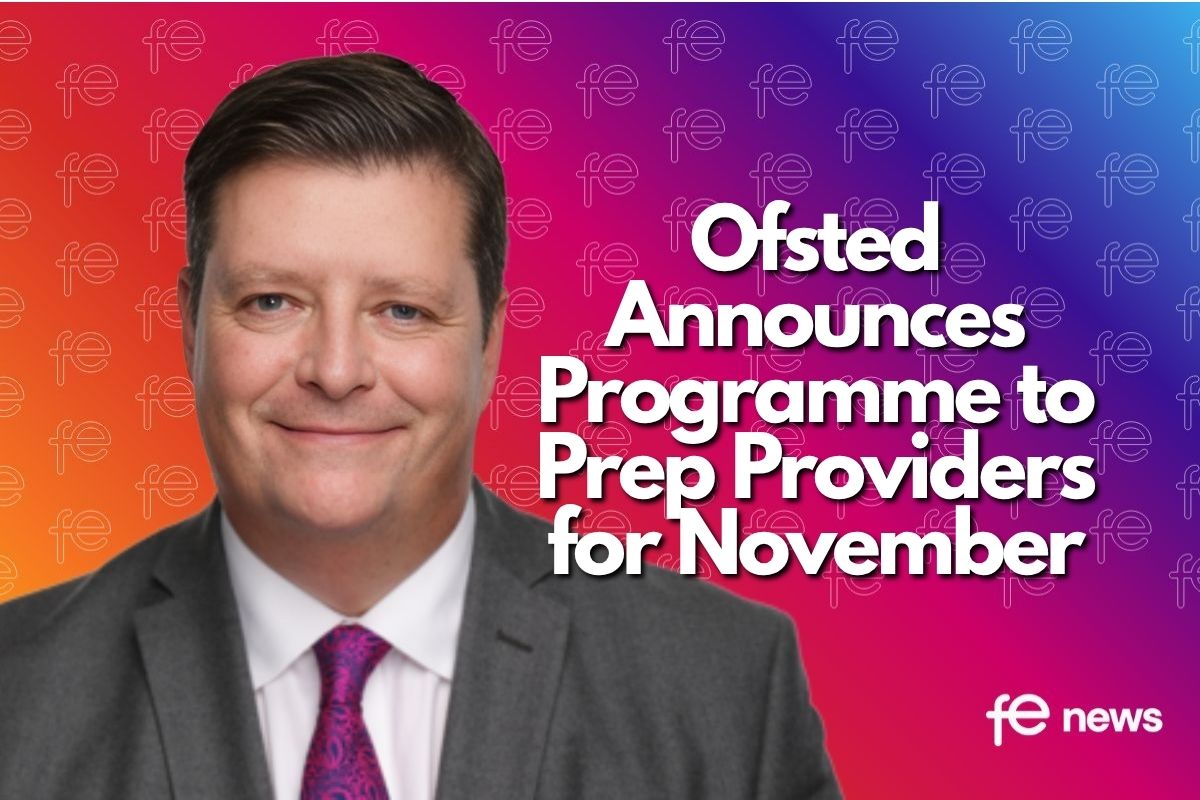


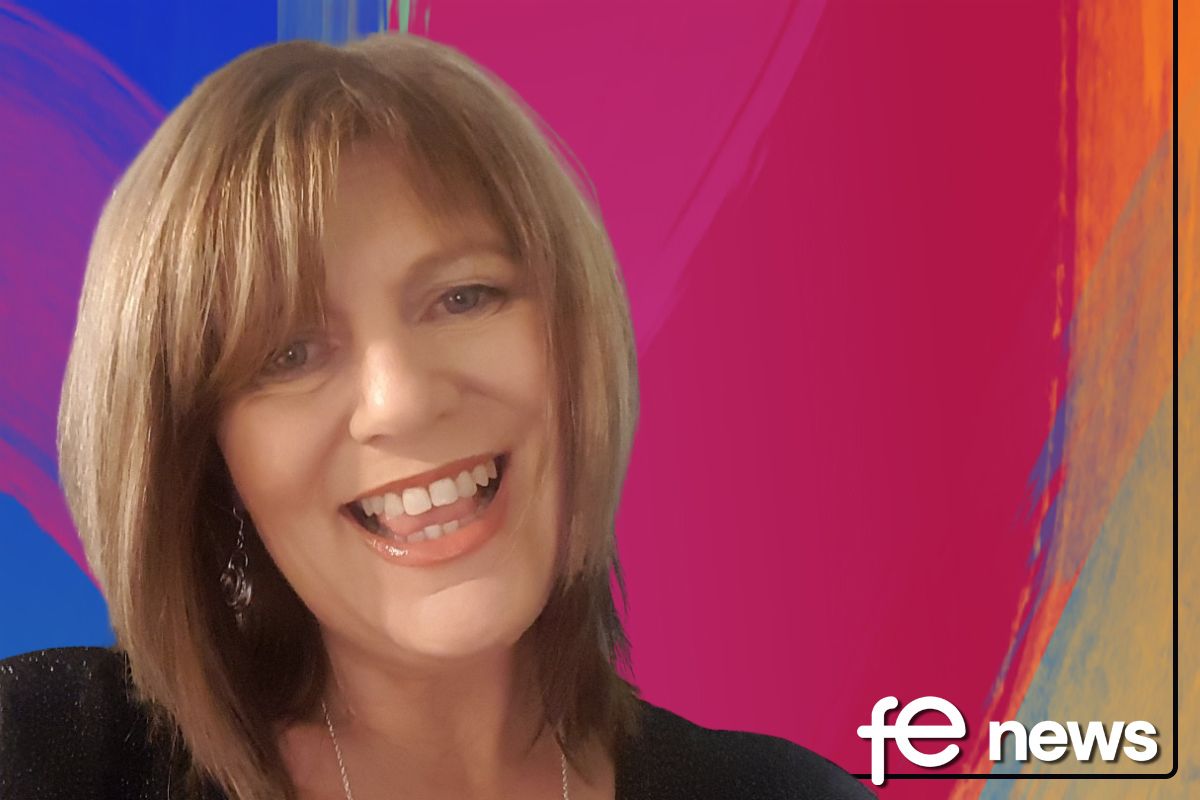

Responses